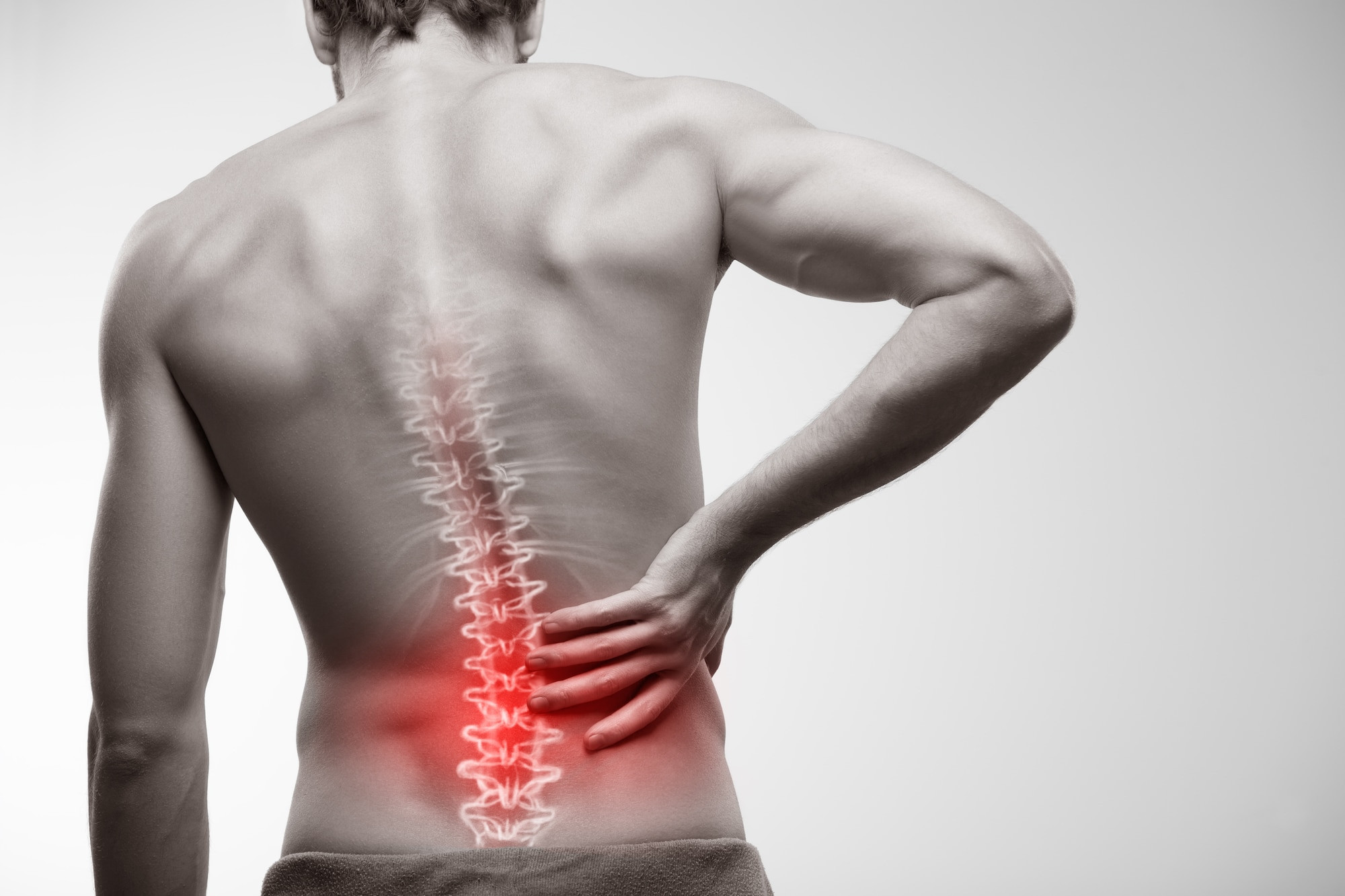Definition
Lumbosacral plexus injury is damage to one or more nerves in the lower spine (lumbar and sacral regions). The lumbosacral plexus is a complex network of nerves that control movement and sensation from the back to the legs. A plexus refers to a network of intertwined nerve fibers. Similar networks also exist in other parts of the body, such as the brachial plexus in the upper arm.
This network of nerves can be damaged or injured. However, injuries to the lumbosacral plexus are much rarer and less common compared to nerve injuries in other parts of the body. The lumbosacral plexus's proximity to pelvic and abdominal organs means injuries in these areas can also impact the lumbosacral plexus.
The causes of lumbosacral plexus injury are numerous. Patients may experience back pain or leg pain and weakness in the limbs. This condition can significantly affect the patient’s quality of life and cause disability. Appropriate treatment based on the cause is necessary to improve recovery rates and quality of life.
Read more: Brachiali Special Excise Injury - Definition, Causes, and Risk Factors.
Causes
Most lumbosacral plexus injuries result from severe trauma with substantial force, such as:
- Collisions between vehicles and pedestrians.
- High-speed car accidents.
- Falls from great heights.
- Damage to internal organs like the kidneys, bones, or blood vessels.
- Pelvic fractures, or displacement or dislocation of the hip joint.
- Injuries during childbirth.
- Gunshot or stab wounds in the pelvic area.
Apart from direct injuries, other medical conditions can cause lumbosacral plexus injury, such as:
- Tumors or malignancies in the abdomen or pelvis near the lumbosacral nerve network.
- Hemorrhaging in the lower abdominal cavity.
- Complications from surgical procedures like appendectomy or hernia repair.
- Nerve complications from diabetes mellitus.
- Infections in the lumbosacral nerve area.
- Radiation exposure in the lower back or pelvic area.
- Spinal infections.
- Chronic infections such as tuberculosis, fungal infections, or HIV/AIDS.
Read more: Fracture and Dislocation Of Spine - Definition, Cause and Risk Factors.
Risk factor
Risk factors for lumbosacral plexus injury include:
- Female gender.
- Age over 65 years.
- Prolonged pregnancy and labor.
- History of cancer in the pelvic region.
- Fractures or broken bones in the lower limbs.
- Increased risk of bleeding in patients with a history of using blood thinners.
- History of autoimmune diseases (where the immune system attacks healthy body cells).
- Direct injury to the pelvis.
- History of hip replacement surgery.
Symptoms
Symptoms of lumbosacral plexus injury include:
- Pain in the lower back and legs.
- Weakness in the lower limbs, ranging from partial to total paralysis.
- Numbness or loss of sensation in the feet and upper part of the soles.
- Decreased reflexes in the lower limbs.
Diagnosis
Medical Interview
The doctor will ask about your complaints and how long you have been experiencing them. They will also inquire about your medical history and any previous pelvic injuries. In female patients, the doctor may ask about pregnancy and childbirth history. Daily activities and lifestyle habits may also be discussed.
Physical Examination
Next, the doctor will perform a physical examination. This starts with assessing the general condition of the patient, such as walking ability, blood pressure, breathing rate, pulse, and body temperature. Then, a thorough head-to-toe examination and a more specific neurological examination will be conducted to assess:
- Normal and abnormal nerve reflexes.
- Sensory nerve function (the ability to feel pain, heat, cold, etc.).
- Motor nerve function, including limb movement, patient balance, muscle stiffness, and pain scale.
- Rectal examination if there is suspicion of decreased function in organs around the pelvis, such as the bladder.
Diagnostic Tests
In cases of nerve injury, supporting examinations are typically conducted to help diagnose lumbosacral plexus injury. These may include:
- Radiological examinations like CT scans or MRI.
- EMG (electromyography) to assess electrical activity in nerves and muscles.
- Blood laboratory tests if there is suspicion of other diseases like autoimmune or inflammatory conditions.
Management
Treatment depends on the cause and severity of the lumbosacral plexus injury. Initially, pain relief medications are given to alleviate pain. If there is bleeding leading to decreased consciousness, the doctor will stabilize the patient first. If the injury is due to an infection, antibiotics or antifungal medications will be administered.
In cases of tumors or malignancies, the tumor may be surgically removed, or radiation and chemotherapy may be provided based on the malignancy level.
To ensure a good quality of life, the doctor will assess if the patient needs walking aids. Rehabilitation, such as muscle-strengthening exercises, may also be recommended.
Complications
Complications from lumbosacral plexus injury include:
- Persistent pain and fatigue, even during sleep.
- Recurrent infections.
- Joint contractures or changes in joint shape and function.
- Progressive nerve function decline.
Prevention
To prevent lumbosacral plexus injury, you can follow these tips:
- Drive according to traffic regulations to reduce the risk of accidents.
- Adopt a healthy lifestyle by consuming balanced nutritious foods, reducing sugar intake, and avoiding processed foods to prevent diabetes mellitus and cancer, which are potential causes of lumbosacral plexus injury.
- Avoid a sedentary lifestyle by engaging in daily physical activity and exercising at least three times a week.
- Avoid taking medication without a doctor’s advice and supervision.
When to see a doctor?
You should see a doctor if you experience severe lower back and leg pain, especially if you have a history of pelvic injury. Consult a neurologist for an examination and further treatment.
Looking for more information about other diseases? Click here!
- dr Hanifa Rahma
Dydyk AM., Hameed S., (2022). Lumbosacral Plexopathy. Retrieved 19 October 2022, from https://www.ncbi.nlm.nih.gov/books/NBK556030/.
Friskiani EY., Sengkey L., (2022). Rehabilitasi Medik pada Cedera Pleksus Lumbosakralis. Retrieved 19 October 2022, from https://ejournal.unsrat.ac.id/index.php/jmr/article/view/41984.
Science Direct - Lumbosacral Plexus. Retrieved 19 October 2022, from https://www.sciencedirect.com/topics/neuroscience/lumbosacral-plexus.












